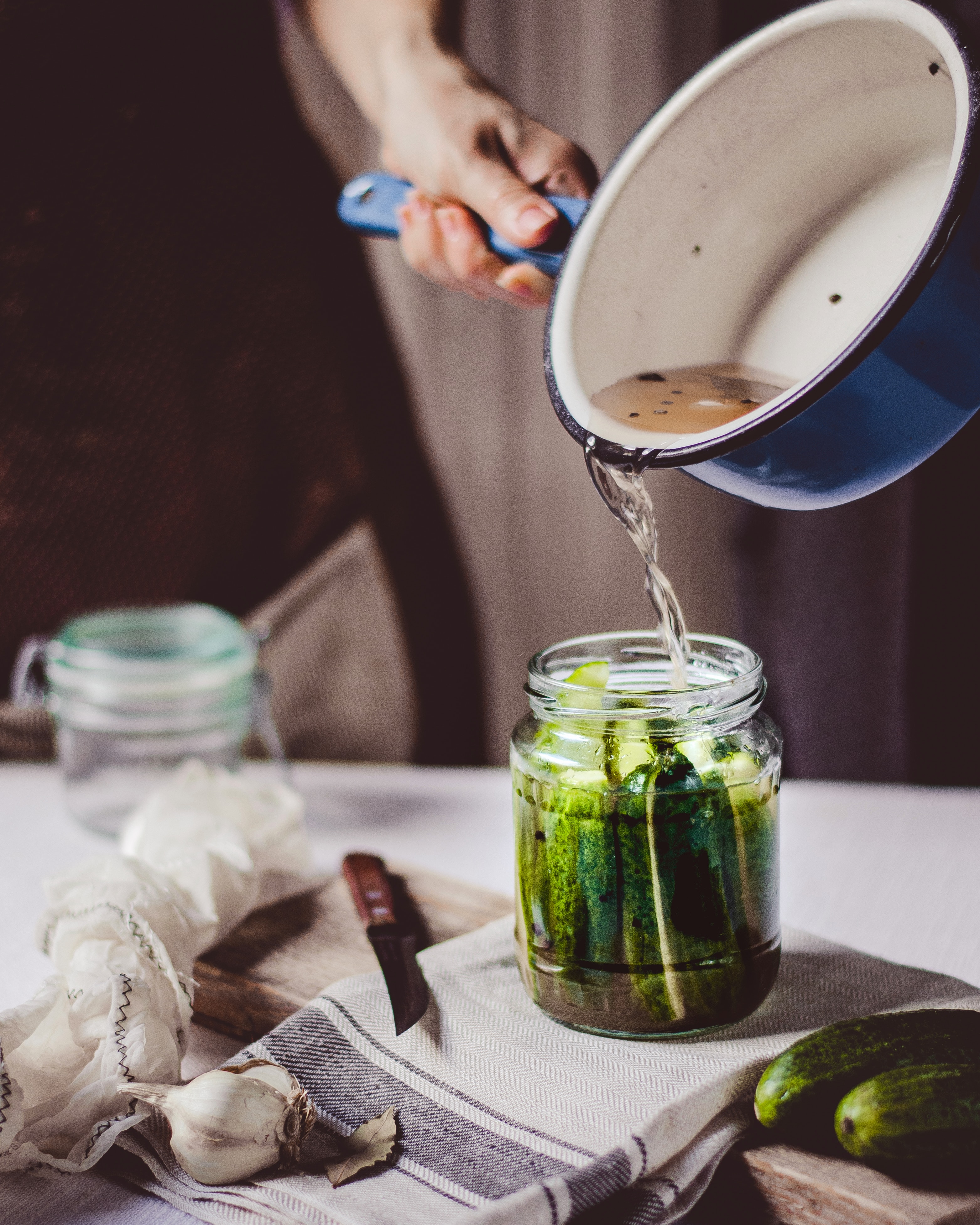This article by Ray Spitzenberger first appeared in IMAGES for Thursday, September 17, 2020, East Bernard Express, East Bernard, Texas.
No doubt all writers are at least a tad obsessed with certain topics they find themselves writing about again and again. That’s certainly been true of me in my thirty-some years writing a newspaper column. The obsession is so great in some cases, — say, for example, stories about fishing trips, — that the author is motivated to get a job writing for Fly Fisherman, Field and Stream, or Salt Water Sportsman. Politics can be another obsession, and there is no shortage of publications looking for political commentaries.
Unfortunately, there are no publications devoted entirely to my topic of obsession, — “pickles,” or more specifically, “in search of The Perfect Pickle.” As a consequence, I have written at least five or six of my newspaper columns on that subject, and no two columns are alike. For some reason I can’t shake off my pickle obsession.
Yes, I suppose what I’m doing here is warning the reader this is going to be another column about pickles.
Of the dozens of types of pickles canned in the United States and in other countries, the most commonly made ones are sweet pickles, bread and butter pickles, barrel fermented, candied pickles, and dill pickles (with or without garlic, “with” garlic often called “kosher”). And of these dozens, my Wendish-German grandmother and my Wendish-German mother canned four: sweet pickles, bread and butter pickles, barrel fermented, and dill (and garlic) pickles. Not only did they put garlic with the dill to make their dill pickles, they also added leaves from Mustang grape vines.
When we were growing up, my brother, my cousins, and I liked all four kinds, but I was especially fond of the garlic dills and barrel fermented (which wee also made with dill and garlic). Grandma’s or Mama’s garlic dills were the “perfect pickle” to me. My daughters came to love my mother’s garlic dills as much as I, both in jars and in barrels or crocks. They passed this taste preference on to my granddaughters who were not blessed to know my mother or my grandmother.
After both my grandmother and mother passed away, I encountered a very serious problem: “The Perfect Pickle” was gone forever! It didn’t take long before I began my search for the “perfect substitute” for “The Perfect Pickle.” My daughters joined in the search, the youngest daughter even trying to can “The Perfect Pickle” herself. No luck. She did come close, though, when she and her friend brought us a jar of dill pickles canned by her friend’s Czech-American mother in East Bernard. These “Wickles Pickles” were very close to my mother’s, but not quite absolutely “The Perfect Pickle.”
My search took me beyond the ethnic cuisine of Germans, Wends, and Czechs to the pickles made in Mexico and even here in Texas, which are called “sanditas” (or “little watermelons). “Sanditas” look like baby watermelons, but taste like delicious pickles. While delicious, they are still not “The Perfect Pickle.”
Not more than a month ago, I discovered a French pickle, that was described as a “gherkin” rather than a “pickle.” Of course “gherkin” is a German word for “cucumber,” and the word my family used to distinguish jar pickles from fermented crock pickles. The French called these “cornichons,” and described them as pickled mini-gherkin cucumbers. They were tiny, tart, and crunchy. I fell in love with the taste of them, but they were definitely not “The Perfect Pickle,” yet one that I have continued to devour greedily. These minis ranged in size from ½ inch to two inches long, and the taste to me was “other worldly,” like from another solar system. Yes, good, but not “perfect.”
After yet another year of searching, so far I have not found a garlic dill pickle that tastes like my grandmother’s or my mother’s. So, the search for “The Perfect Pickle” goes on.
-o-
Ray Spitzenberger is a retired WCJC teacher and Lutheran pastor, and the author of two books, It Must Be the Noodles and Open Prairies.

